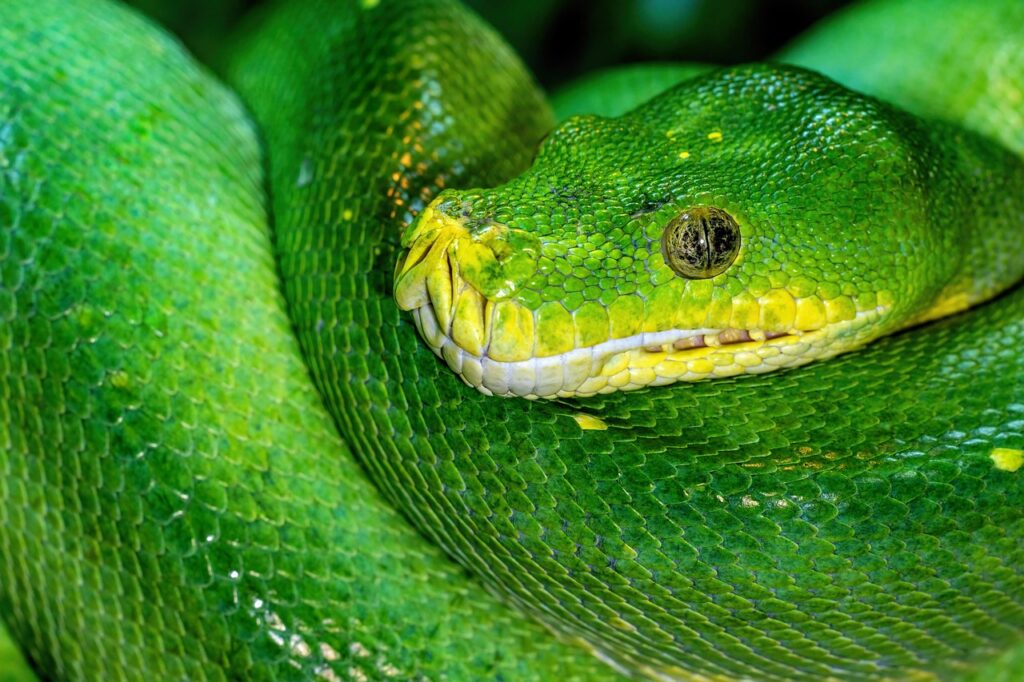Picture this: you’re a paleontologist, carefully brushing dust off what appears to be a fossilized bone, when suddenly you realize what you’re looking at doesn’t match anything in the textbooks. Your heart races as you wonder if you’ve discovered something that could rewrite evolutionary history. This scenario has played out countless times throughout scientific history, as researchers have stumbled upon prehistoric features so bizarre, so unexpected, that they’ve left entire teams of experts scratching their heads for decades.
The Mysterious Thumb Spikes of Iguanodon
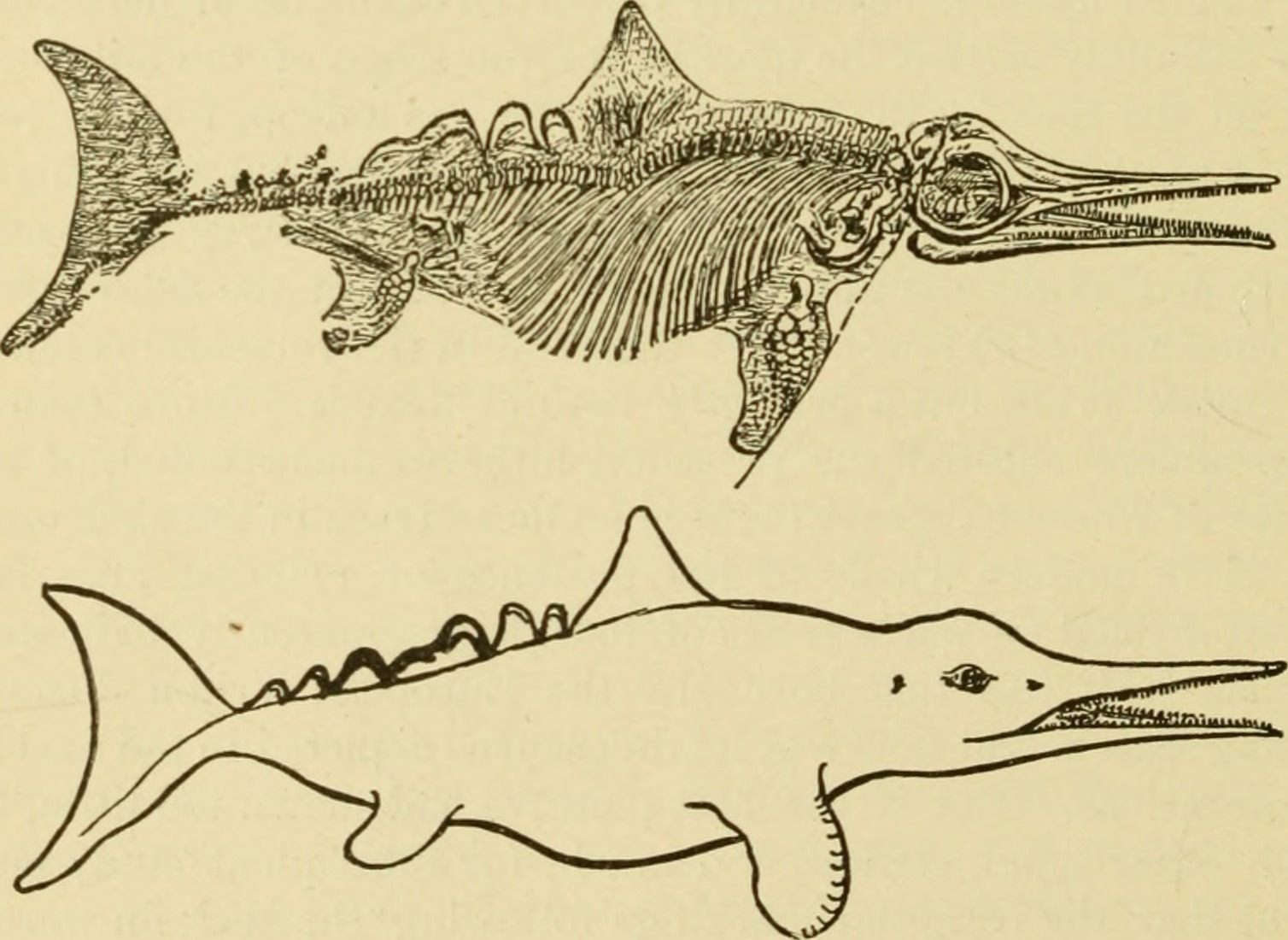
When scientists first discovered Iguanodon fossils in the 1820s, they found themselves staring at a peculiar cone-shaped bone that seemed to defy explanation. The early paleontologists, working with limited knowledge and even fewer complete specimens, made what seemed like a logical assumption at the time. They placed this mysterious spike right on the creature’s nose, creating reconstructions that made Iguanodon look like some sort of prehistoric rhinoceros.
For decades, museum displays and scientific illustrations showed these gentle herbivores sporting prominent nasal horns. It wasn’t until more complete fossils were discovered that scientists realized their embarrassing mistake. The “nose horn” was actually a thumb spike, a defensive weapon that Iguanodon could use to fend off predators or perhaps strip vegetation.
This revelation completely changed how we understand these ancient creatures. Instead of passive, rhino-like browsers, Iguanodon emerged as more dynamic animals capable of defending themselves with their spiked thumbs.
Therizinosaurus: The Giant Mystery with Massive Claws
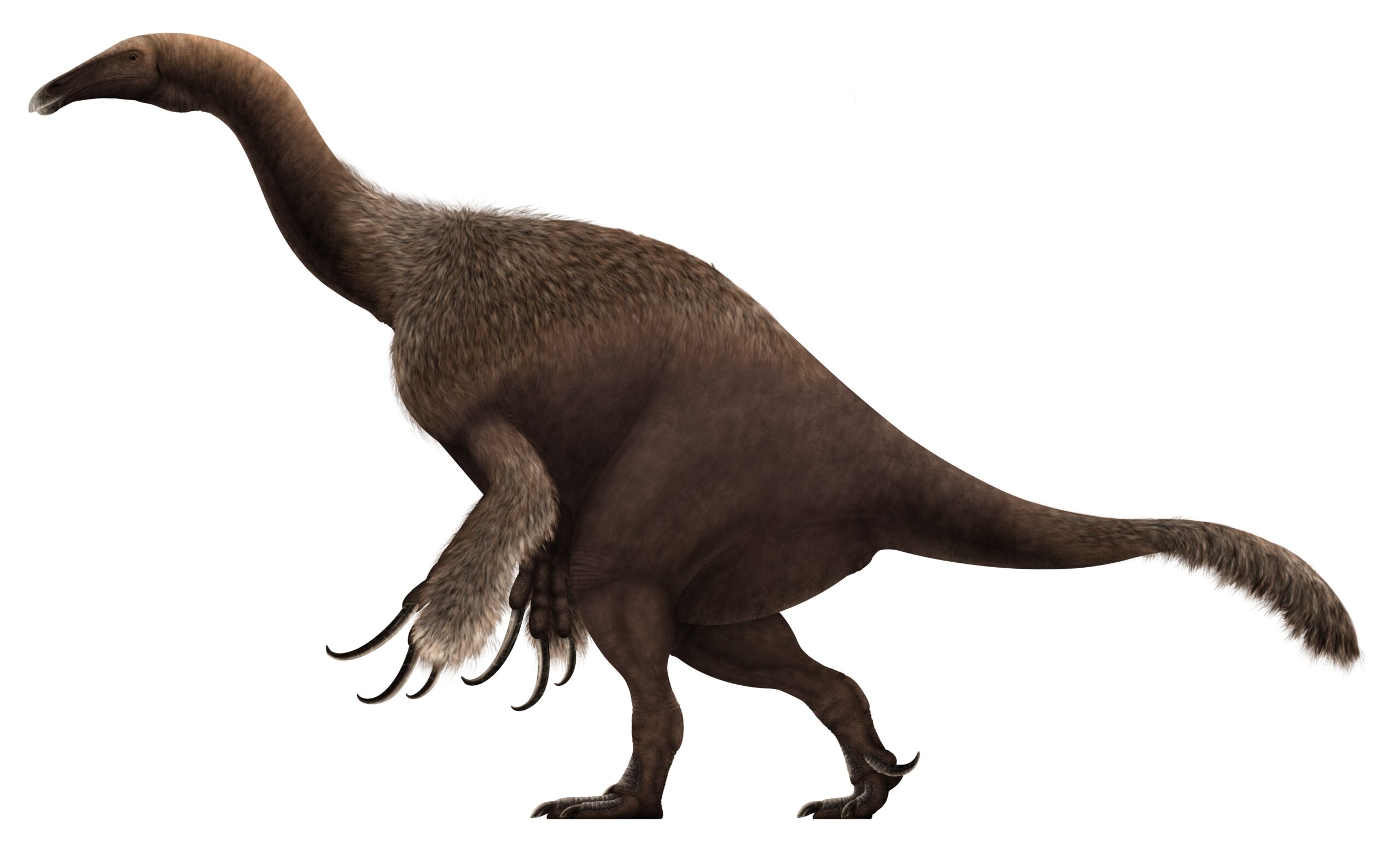
Imagine finding claws the size of baseball bats and trying to figure out what kind of creature they belonged to. That’s exactly what happened when scientists first discovered Therizinosaurus remains in the Gobi Desert. These enormous claws, some reaching over three feet in length, initially led researchers to believe they had found evidence of a giant turtle.
The name “Therizinosaurus” literally means “scythe lizard,” and for good reason. These claws looked like they belonged to the ultimate predator, something that could slice through prey with devastating efficiency. Scientists spent years debating whether this was some sort of massive carnivorous dinosaur that made T. rex look like a house cat.
The truth, when it finally emerged, was far more surprising than anyone had imagined. Therizinosaurus was actually a massive herbivore, using those fearsome-looking claws not to tear apart prey, but to pull down branches and strip leaves from trees. It’s like discovering that Edward Scissorhands was actually a gentle gardener.
The Backwards Brain of Stegosaurus

Few dinosaur misconceptions have captured the public imagination quite like the idea of Stegosaurus having a “second brain” in its hip. This bizarre theory emerged when scientists noticed that the spinal cord in the hip region of Stegosaurus was significantly enlarged, creating what looked like it could house an additional brain. The concept was so intriguing that it spawned countless jokes and even found its way into popular culture.
The reasoning seemed logical enough at first glance. How could such a massive creature, with a brain the size of a walnut, possibly coordinate the movement of its enormous body and that impressive array of back plates and tail spikes? Surely, scientists reasoned, there must be some kind of auxiliary control center to help manage all those complex functions.
Modern research has thoroughly debunked this “second brain” theory. The enlarged spinal cord area was likely just an adaptation for controlling the powerful muscles of the hind legs and tail, not a separate thinking center. It’s a reminder that sometimes the most sensational explanations aren’t necessarily the correct ones.
Dracorex: The Dragon That Wasn’t
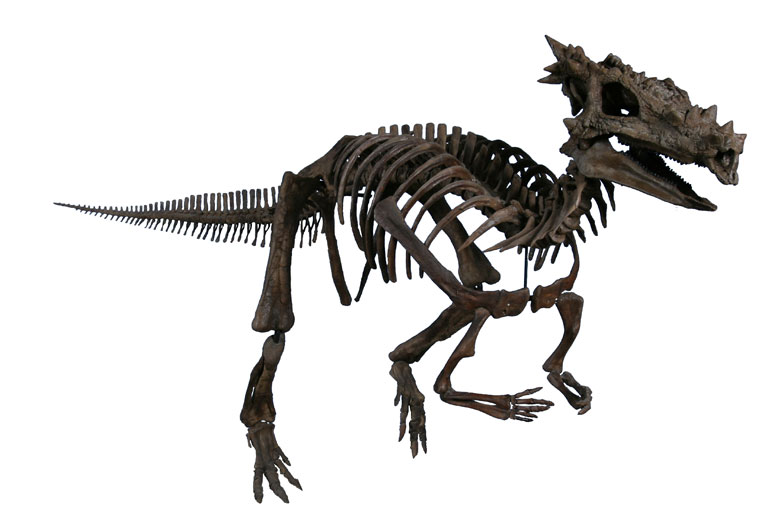
When paleontologists discovered a skull with dramatic spikes and horns in South Dakota, they couldn’t resist giving it a name that would make any fantasy fan’s heart skip a beat: Dracorex hogwartsia, literally meaning “dragon king of Hogwarts.” The skull looked like something straight out of a medieval bestiary, with its crown of spikes and intimidating appearance.
The discovery initially seemed to represent an entirely new species of dinosaur, one that looked remarkably similar to the dragons of human imagination. Scientists marveled at how this creature might have behaved, wondering if its dragon-like appearance was used for display, combat, or intimidation tactics against predators and rivals.
However, further research revealed a plot twist worthy of any good mystery novel. Dracorex wasn’t a separate species at all, but rather a juvenile Pachycephalosaurus. The dramatic spikes and horns were simply features that would have been reabsorbed and transformed into the characteristic dome shape as the animal matured. It’s like discovering that the fierce-looking teenager you thought was a different species was actually just your neighbor’s kid going through an awkward phase.
The Feathered Confusion of Archaeopteryx
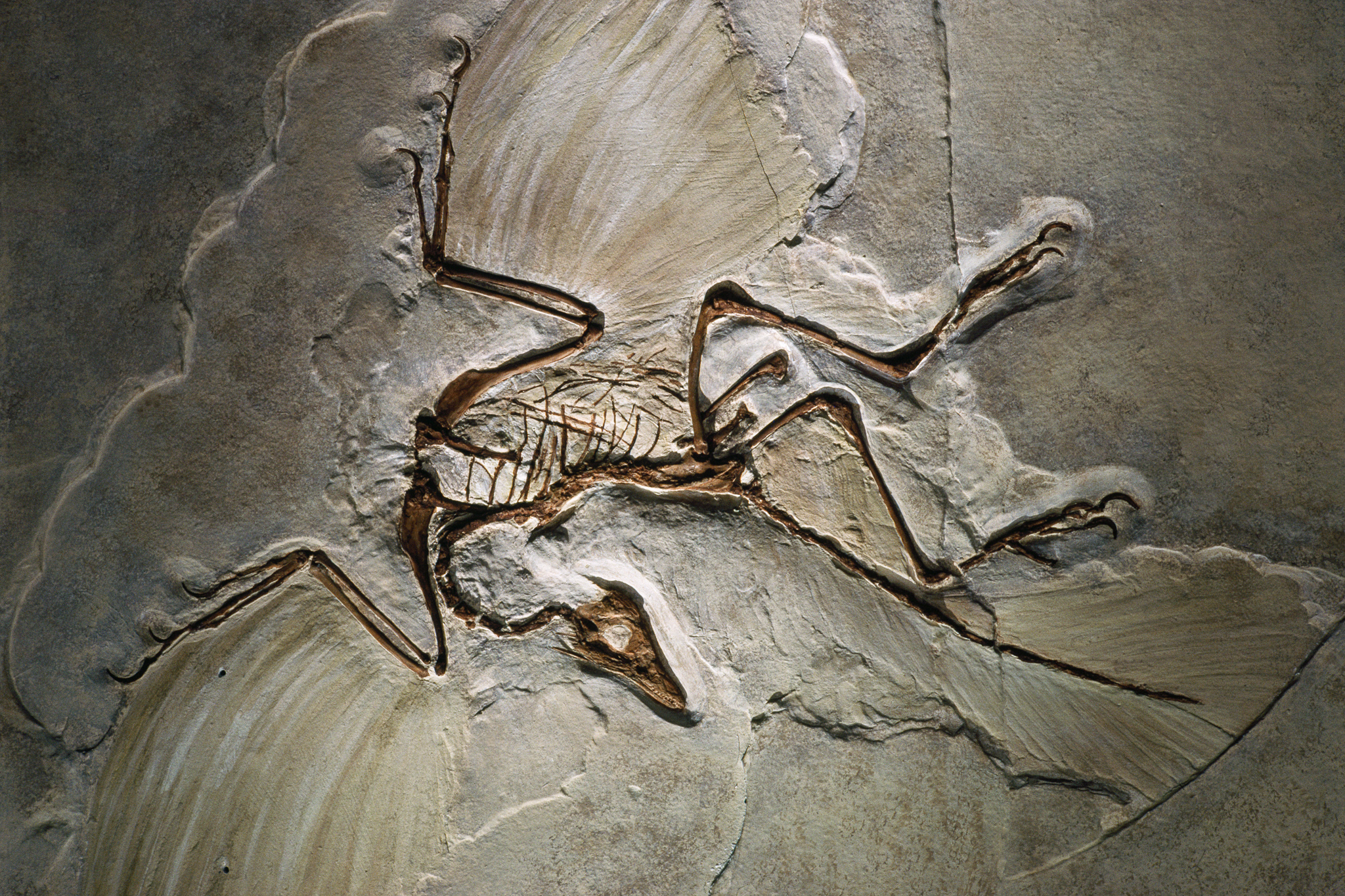
When Archaeopteryx was first discovered in 1861, it arrived at perhaps the most perfect moment in scientific history. Charles Darwin had just published “On the Origin of Species,” and here was what appeared to be the perfect “missing link” between dinosaurs and birds. But this prehistoric creature didn’t just fill in evolutionary gaps – it also created a century of heated debates and confused interpretations.
The problem wasn’t just that Archaeopteryx had feathers on a clearly dinosaur-like skeleton. The real confusion came from trying to understand how this creature actually lived and moved. Some scientists argued it was primarily a ground-dwelling runner that could only glide short distances. Others insisted it was a capable flier that spent most of its time in the trees.
The feather impressions themselves added another layer of mystery. Were these feathers primarily for flight, or were they display features like the elaborate plumage of modern peacocks? Recent studies using advanced imaging techniques have revealed that Archaeopteryx feathers were likely black with a metallic sheen, suggesting they served both aerodynamic and aesthetic purposes.
The Sail-Backed Riddle of Dimetrodon
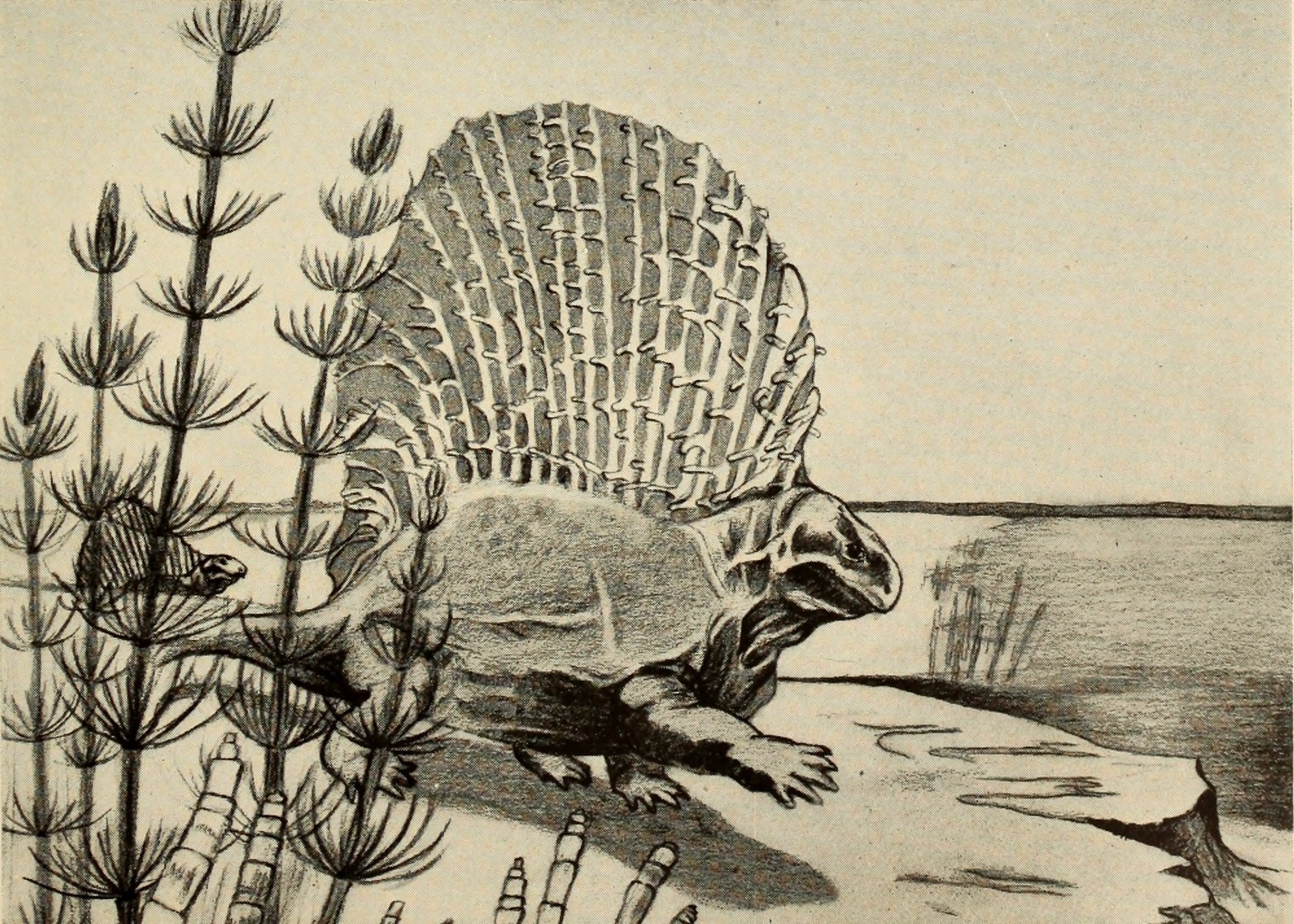
Long before dinosaurs ruled the Earth, Dimetrodon stalked the ancient landscapes with its distinctive sail-like back fin. This impressive structure, reaching heights of several feet, immediately caught the attention of paleontologists when they first discovered these creatures. The obvious question was: what on Earth was this thing for?
Early theories ranged from the practical to the bizarre. Some scientists suggested it was a swimming aid, helping Dimetrodon navigate prehistoric waterways like some sort of ancient sailboat. Others proposed it was a weapon of sorts, used to intimidate rivals or slice through vegetation. The sail was so prominent and unusual that it seemed like it must have served some crucial survival function.
The current scientific consensus points to thermoregulation – the sail likely helped Dimetrodon control its body temperature by absorbing heat from the sun in the morning and releasing excess heat during the day. It’s a bit like having a built-in solar panel and cooling system all rolled into one impressive prehistoric package.
Carnotaurus: The Horned Demon of South America
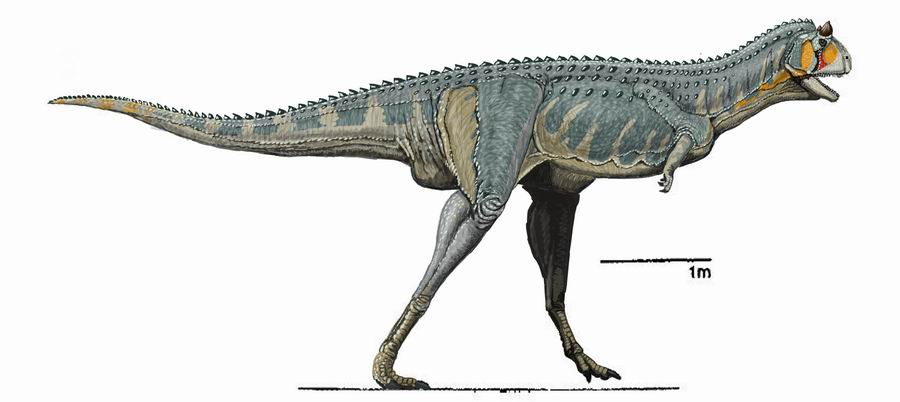
When paleontologists first laid eyes on Carnotaurus fossils in Argentina, they knew they had found something truly extraordinary. This wasn’t just another large predatory dinosaur – it was a creature that seemed to have stepped straight out of a nightmare, complete with devil-like horns protruding from its skull. The name “Carnotaurus” literally means “meat-eating bull,” and it’s easy to see why scientists chose such a dramatic moniker.
What truly baffled researchers was how this creature actually used those prominent horns. Unlike modern bulls, which use their horns for defense and establishing dominance, Carnotaurus horns seemed too fragile for serious combat. Some scientists proposed they were display features, used to attract mates or intimidate rivals through visual displays rather than physical confrontation.
The mystery deepened when researchers discovered that Carnotaurus had extremely reduced arms, even more so than T. rex. These vestigial limbs were practically useless, leading to intense debates about how this affected the creature’s hunting strategies and overall behavior. It’s like finding a sports car with no steering wheel – technically possible, but it raises a lot of questions about how it actually functioned.
The Spiny Enigma of Amargasaurus
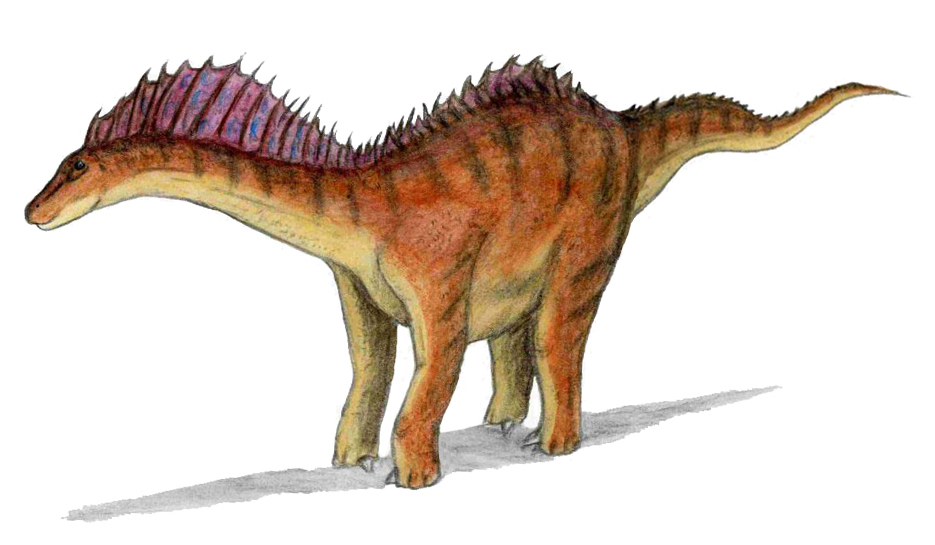
Amargasaurus presented paleontologists with a puzzle that seemed to combine elements from several different dinosaur groups. This long-necked sauropod wasn’t content with the typical gentle giant appearance of its relatives. Instead, it sported a series of dramatic spines running along its neck and back, creating a profile that looked more like a prehistoric punk rocker than a typical plant-eater.
The function of these spines generated intense scientific debate. Some researchers argued they supported a sail-like structure similar to Dimetrodon, possibly used for temperature regulation or display purposes. Others suggested they might have been covered in skin to create a more modest ridge along the animal’s back. The spines were clearly important enough to warrant significant energy investment during the creature’s development.
Recent computer modeling has suggested that these spines might have been used for sound production, allowing Amargasaurus to create low-frequency calls that could travel great distances. Imagine a dinosaur that could essentially “sing” to communicate with distant herd members – it’s a concept that has revolutionized how we think about prehistoric animal behavior.
The Helmet Mystery of Parasaurolophus
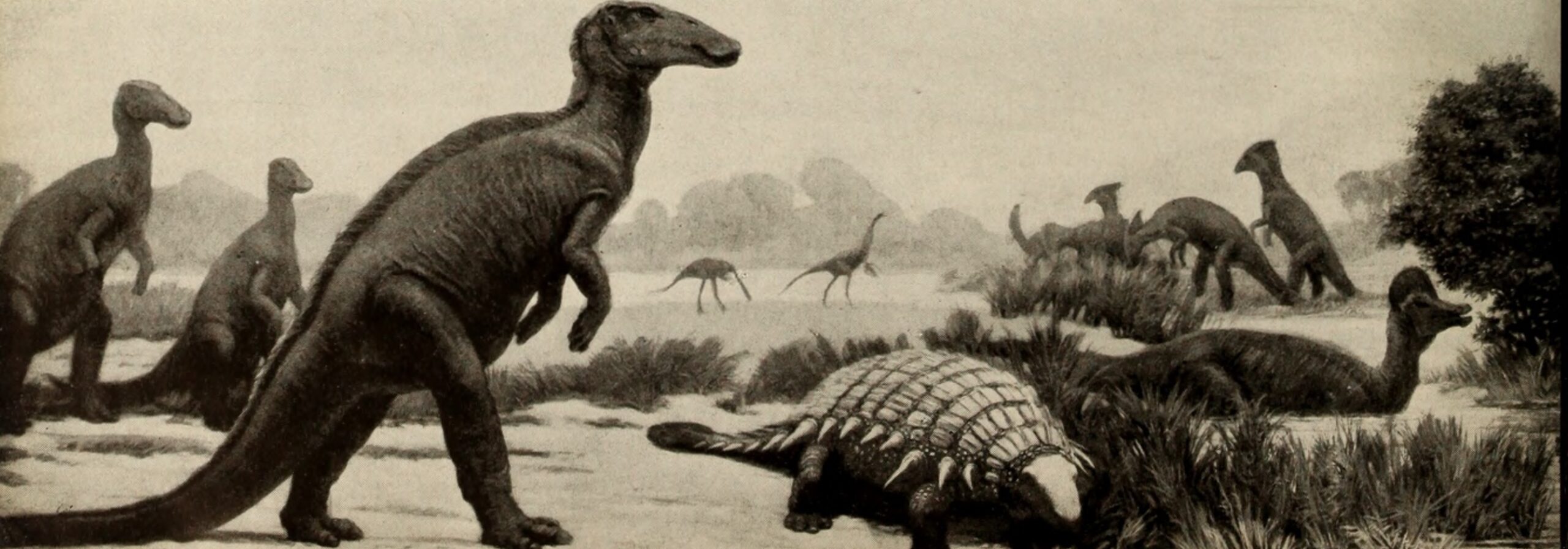
Few dinosaur features have generated as much scientific intrigue as the elaborate crests of Parasaurolophus. These hollow, tube-like structures extending from the back of the skull looked like nothing else in the prehistoric world. Early paleontologists struggled to understand what purpose these remarkable helmets could possibly serve, leading to some truly creative theories.
Some scientists initially proposed that these crests were snorkels, allowing Parasaurolophus to breathe while wading through deep water. Others suggested they were enhanced sense organs, perhaps providing superior smell or hearing capabilities. The internal structure of these crests, with their complex network of tubes and chambers, only added to the confusion about their actual function.
The breakthrough came when researchers realized they could recreate the sounds these crests would have produced. By studying the internal acoustics, scientists discovered that different species of Parasaurolophus would have produced distinct musical tones. It’s like finding out that prehistoric duck-billed dinosaurs were actually walking musical instruments, capable of creating hauntingly beautiful calls that echoed across ancient landscapes.
The Armor Plating Puzzle of Ankylosaurus
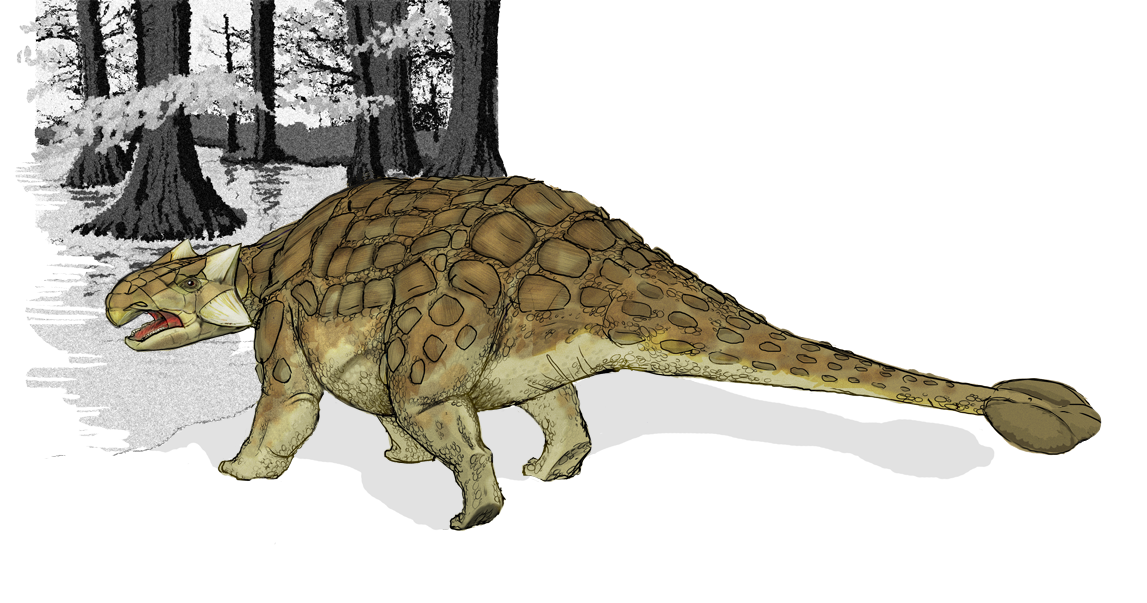
When paleontologists first encountered Ankylosaurus fossils, they found themselves looking at what appeared to be a living fortress. The creature’s back was covered in thick, bony plates and spikes, while its tail ended in a massive club that looked like it could demolish a small building. The obvious question was: what kind of predator was so dangerous that it required this level of defensive armor?
The placement and structure of the armor plating initially confused scientists. Unlike modern armored animals like armadillos, Ankylosaurus armor wasn’t arranged in neat, overlapping rows. Instead, the plates seemed to be scattered across the animal’s back in what looked like a random pattern. Some researchers wondered if this was actually an efficient defensive strategy or simply an evolutionary quirk.
Computer modeling has since revealed the genius behind this seemingly chaotic arrangement. The irregular spacing of the armor plates created a flexible defense system that could absorb and deflect attacks from multiple angles while still allowing the animal to move freely. It’s like prehistoric chain mail, engineered by millions of years of evolution to provide maximum protection with minimal mobility restrictions.
The Claw Conundrum of Baryonyx
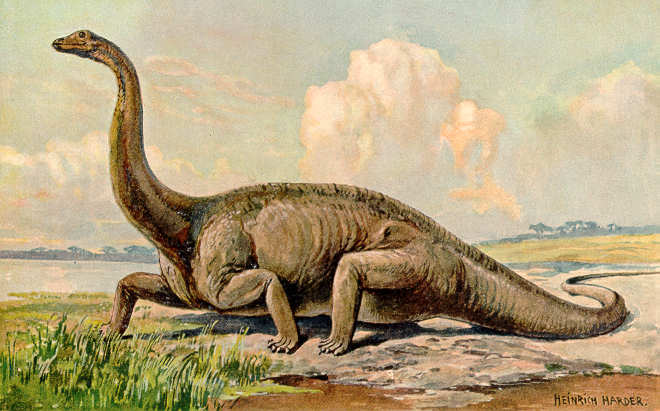
The discovery of Baryonyx in an English clay pit during the 1980s immediately raised eyebrows among paleontologists. This creature possessed enormous claws on its hands, some reaching nearly a foot in length, along with a crocodile-like skull that seemed completely out of place among known dinosaur species. The combination of features was so unusual that scientists initially questioned whether all the bones actually belonged to the same animal.
The massive claws were particularly puzzling because they seemed too large and unwieldy for typical predatory behavior. They weren’t curved like the killing claws of raptors, nor were they suited for the slashing attacks favored by other large carnivores. Instead, they looked more like fishing hooks, leading to some rather unconventional theories about dinosaur behavior.
The mystery was partially solved when researchers discovered fish scales and bones in the stomach region of Baryonyx fossils. Suddenly, those strange claws made perfect sense – they were fishing tools, allowing this prehistoric predator to snag slippery fish from rivers and lakes. It’s like discovering that some dinosaurs were actually skilled anglers, using their claws as natural fishing spears.
The Bizarre Headgear of Tsintaosaurus
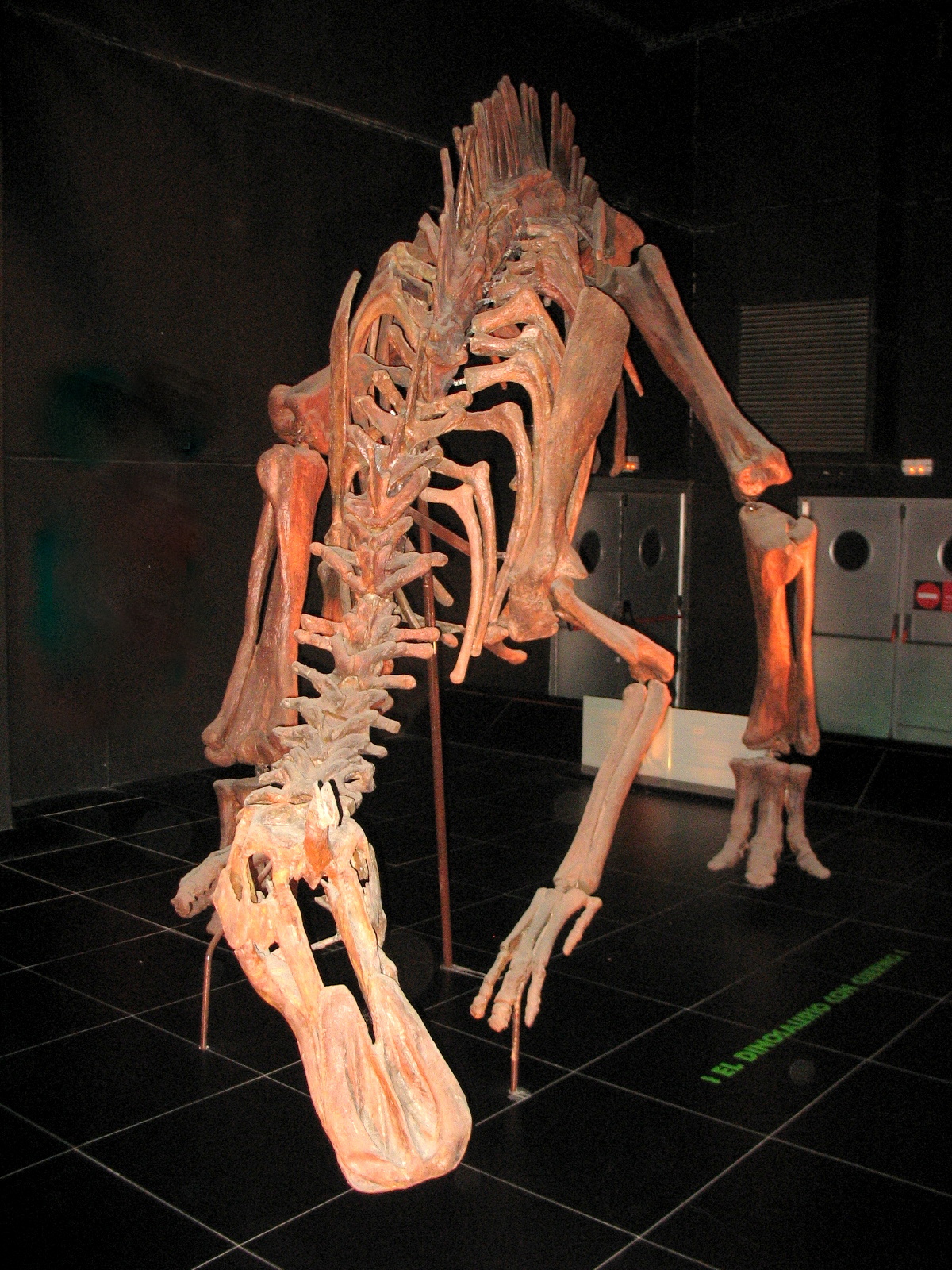
Few dinosaur discoveries have caused as much scientific head-scratching as Tsintaosaurus, nicknamed the “unicorn dinosaur” for its distinctive hollow crest that projected forward from its skull like a horn. When paleontologists first described this creature in the 1950s, they weren’t quite sure what to make of its unusual headgear. The crest was unlike anything seen in other hadrosaurs, appearing more like a mythical creature’s horn than a functional dinosaur feature.
The forward-pointing crest raised immediate questions about its purpose and origin. Some scientists wondered if it was a display feature, used to attract mates or intimidate rivals. Others speculated that it might have been a sensory organ, perhaps helping the dinosaur detect subtle changes in air pressure or chemical signals in its environment.
More recent research has suggested that the crest might have functioned as a resonating chamber, similar to the crests of other hadrosaurs but with a unique acoustic signature. The forward orientation could have helped direct sound waves in specific directions, allowing Tsintaosaurus to communicate with remarkable precision across the prehistoric landscape.
The Wing Membrane Mystery of Pterosaurs
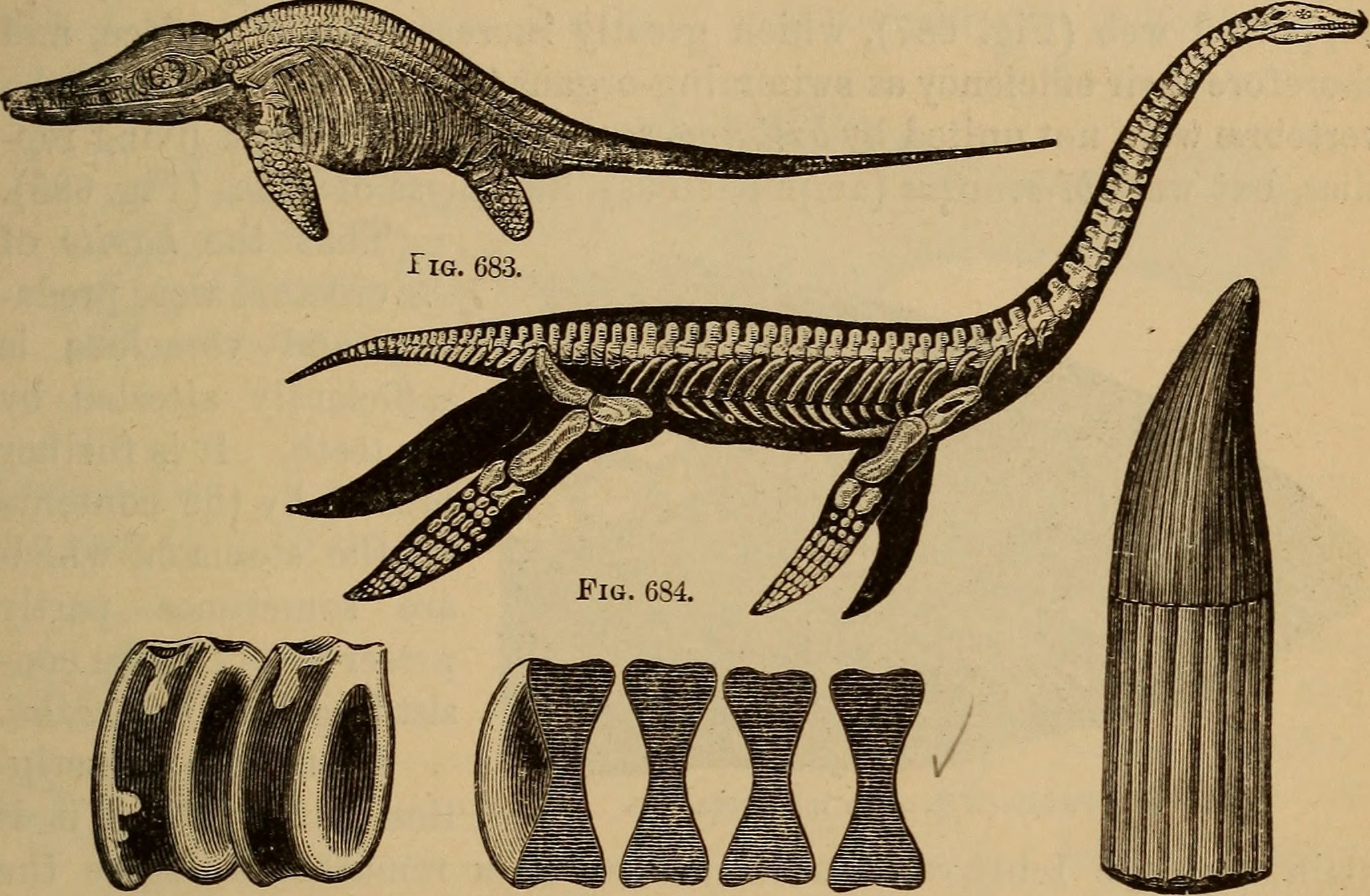
When scientists first discovered pterosaur fossils, they faced a fundamental question that would puzzle researchers for decades: how exactly did these prehistoric flying reptiles achieve flight? The wing membrane structure was unlike anything seen in modern birds or bats, creating a unique set of engineering challenges that seemed almost impossible to solve with the materials available to ancient creatures.
Early reconstructions of pterosaur wings varied wildly, with some scientists proposing that the wing membranes attached only to the elongated fourth finger, while others suggested they extended all the way to the hind legs. The lack of soft tissue preservation in most fossils meant that researchers had to make educated guesses about the exact configuration of these crucial flight surfaces.
Recent discoveries of exceptionally well-preserved pterosaur fossils have revealed that these creatures had remarkably sophisticated wing structures. The membranes contained complex networks of supporting fibers and muscles, creating a dynamic flight surface that could be adjusted for different flight conditions. It’s like discovering that pterosaurs had built-in wing optimization systems that modern aircraft engineers would envy.
The Conclusion: When Science Meets the Unexpected
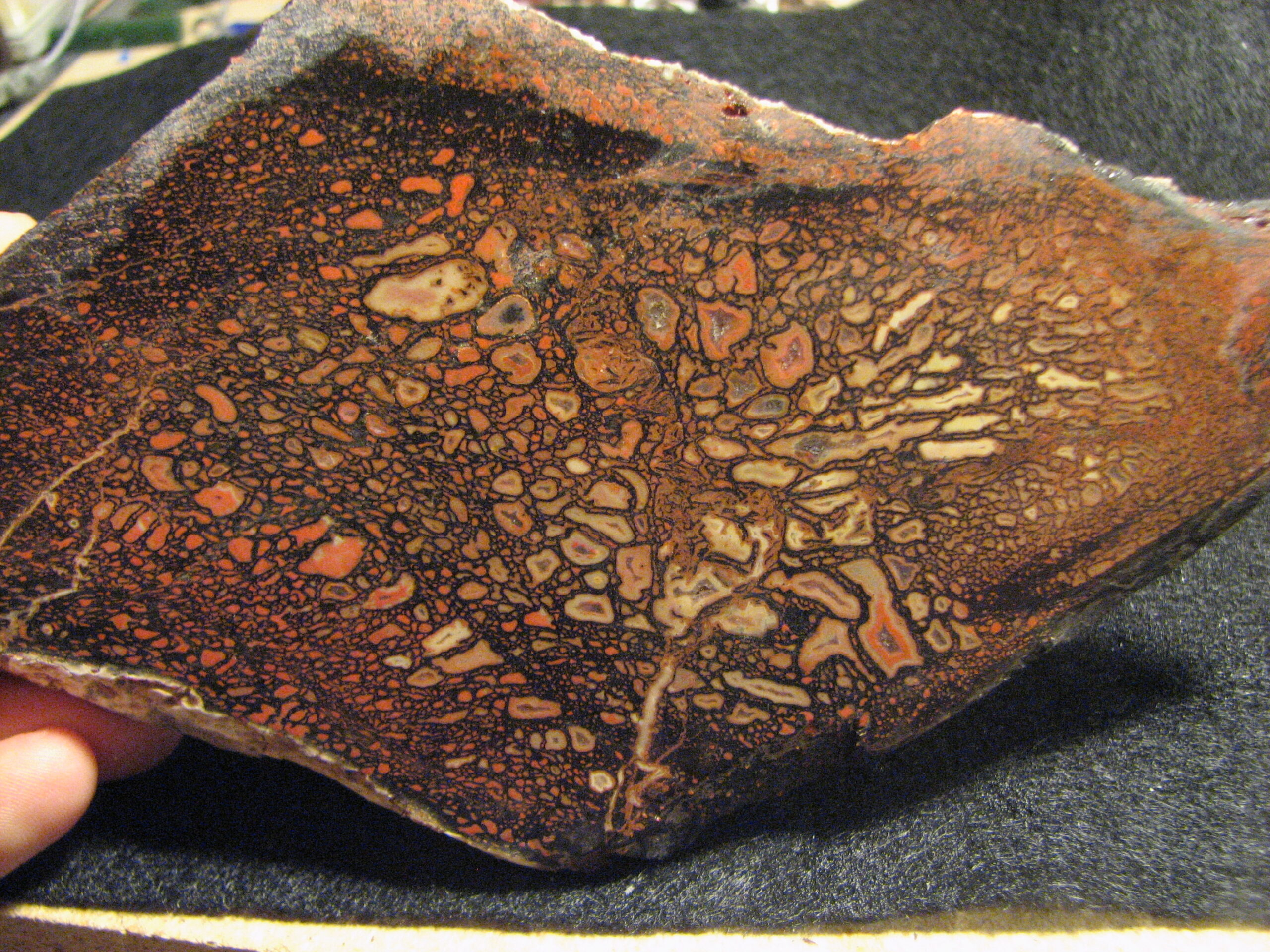
These prehistoric puzzles remind us that science is rarely a straight path from question to answer. Each mysterious feature represents countless hours of research, debate, and sometimes complete reversals of long-held beliefs. The thumb spike that became a nose horn, the gentle giant with massive claws, the musical dinosaur with a hollow crest – each discovery has forced scientists to expand their understanding of what was possible in prehistoric life.
What makes these stories even more fascinating is how modern technology continues to unlock secrets that remained hidden for decades. Advanced imaging techniques, computer modeling, and sophisticated chemical analysis have transformed our ability to understand these ancient mysteries. Features that once seemed inexplicable now reveal themselves as elegant solutions to prehistoric challenges.
Perhaps most importantly, these confused scientists remind us that our understanding of prehistoric life is still evolving. Every new discovery has the potential to overturn established theories and reveal new aspects of ancient behavior and biology. The next time you visit a natural history museum, remember that those carefully reconstructed skeletons represent the current best guess of dedicated researchers who continue to unravel the mysteries of our prehistoric past.
Did you ever imagine that so many iconic dinosaur features were completely misunderstood for decades?


